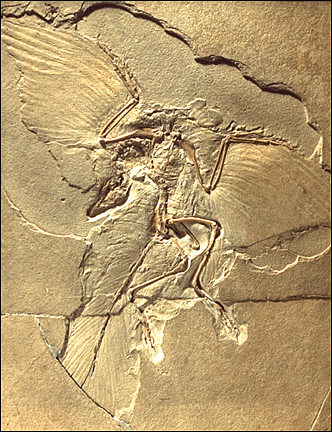Paulina-Carabajal and Salgado, 2007. A titanosaur (Dinosauria, Sauropoda) braincase from the Upper Cretaceous of north Patagonia: description and contribution to the knowledge of the dinosaur inner ear. [Un basicraneo de titanosaurio (Dinosauria, Sauropoda) del Cretacico Superior del norte de Patagonia: descripcion y aportes al conocimiento del oido interno de los dinosaurios.]. Ameghiniana, 44: 109-120
The braincase of a sauropod dinosaur from the Upper Cretaceous of Rio Negro, Argentina, is described. The material is assigned to the clade Titanosauria and some characters that resemble the condition present in the genus Antarctosaurus such as the presence of short and wide frontals and parietals, supraoccipital knob lacking a medial groove, reduced and dorsally exposed supratemporal fenestrae, frontals fused on the midline, and a single interfrontal medial knob are discussed. These characters are not diagnostic and they can be found in other titanosaurs such as Rapetosaurus, Nemegtosaurus, Saltasaurus and Bonatitan. The braincase, although incomplete, is well preserved, allowing the examination of certain delicate internal structures like the inner ear, which has been exposed through bone fractures. The titanosaurian inner ear is described here for the first time: it is morphologically similar to that of other sauropods such as Diplodocus and Brachiosaurus, mainly in the spatial disposition of the semicircular canals, although showing a proportionally more robust lagena. The angle between the planes on which the anterior and posterior semicircular canals lie is greater than 909 degrees as in other herbivorous dinosaurs, and different from the theropod Allosaurus, where that angle is smaller.
Lee, 2007. New theropod teeth from the Juji Island (Hasandong Formation), Daedo-ri, Hadon County, south Gyeongsang Province. Journal of the Geological Society of Korea, 43(2):151-166
ABSTRACT: Three new theropod teeth were discovered in the Juji Island (Hasandong Formation), Daedo-ri, Hadong County, South Gyeongsang Province in 2002. Although they are isolated teeth, I assume that they are belonging to the same kind of animal because they were found close each other on the same horizon, showing the same dental features. Especially, the crown height of one tooth is 81 mm which is the largest theropod tooth ever found in Korea. They are most similar to Acrocanthosaurus when plotting on "theropod standard data set". These teeth represent a new theropod dinosaur in Korea because they have different morphology from teeth known before. Comparisons to Early Cretaceous theropods in East Asia, they are similar to Prodeinodon (nomen dubium) from China and Mongolia. They also indicate that there were a variety of theropod dinosaurs lived in Korean peninsula including the large "carnosaurid" more than 10 m in length.
